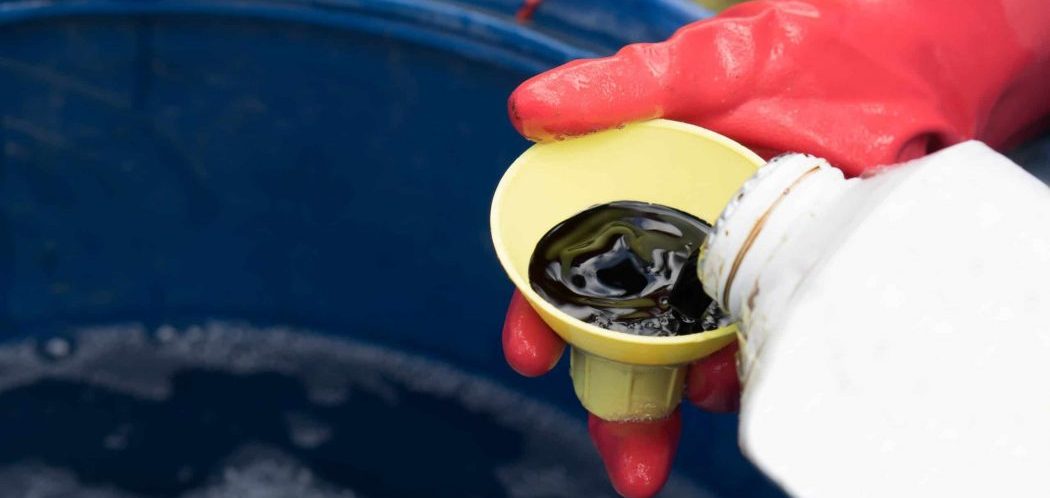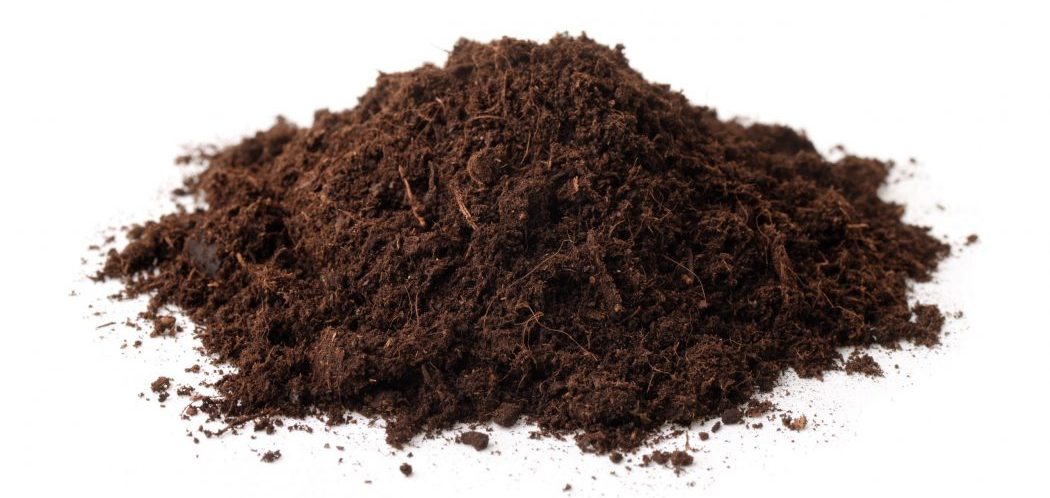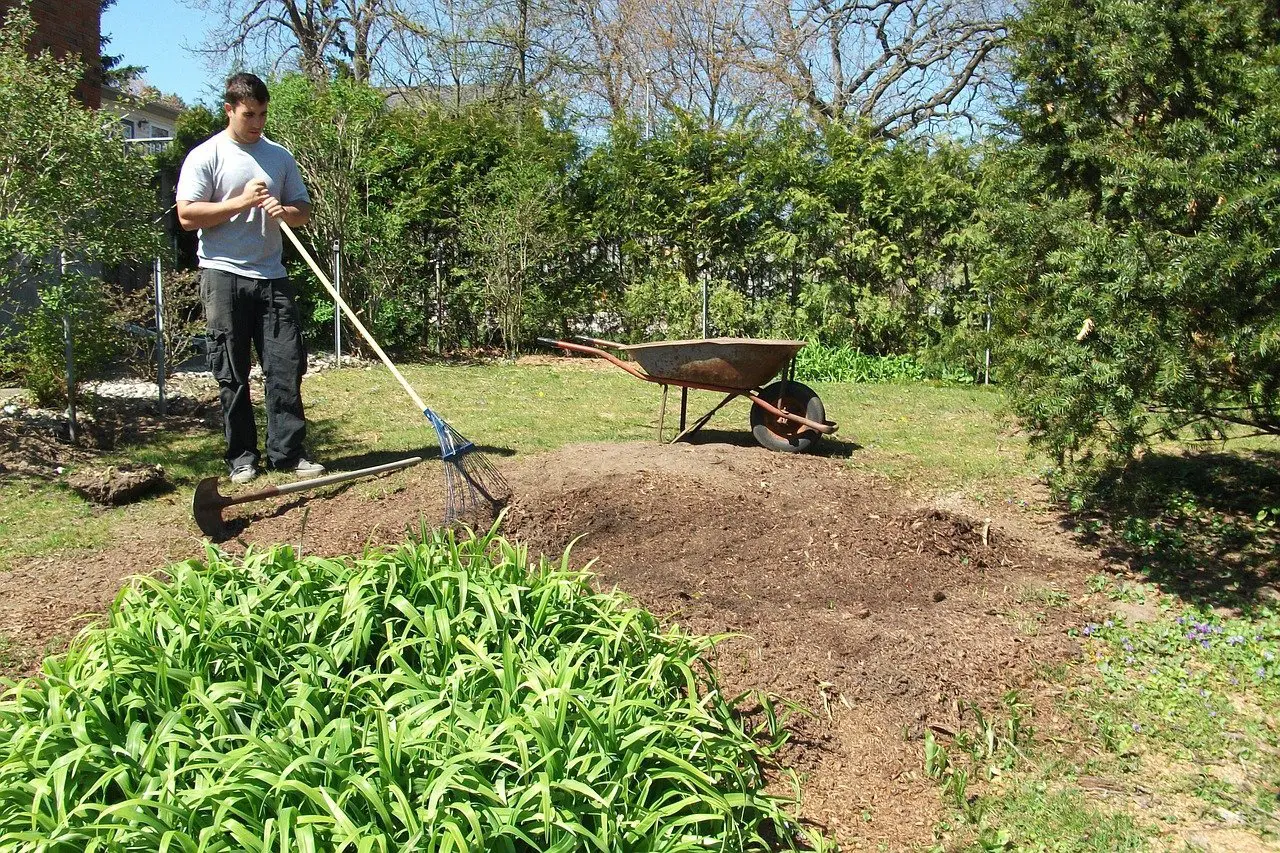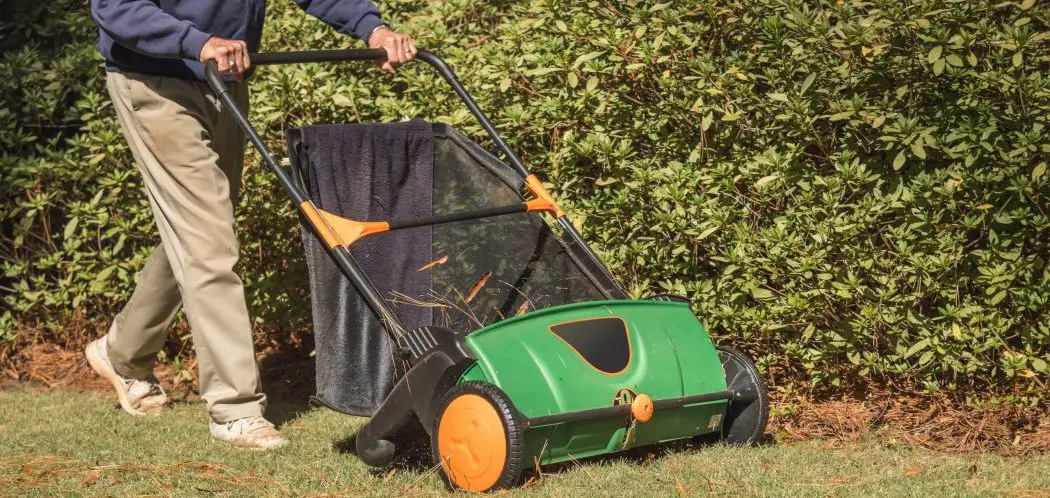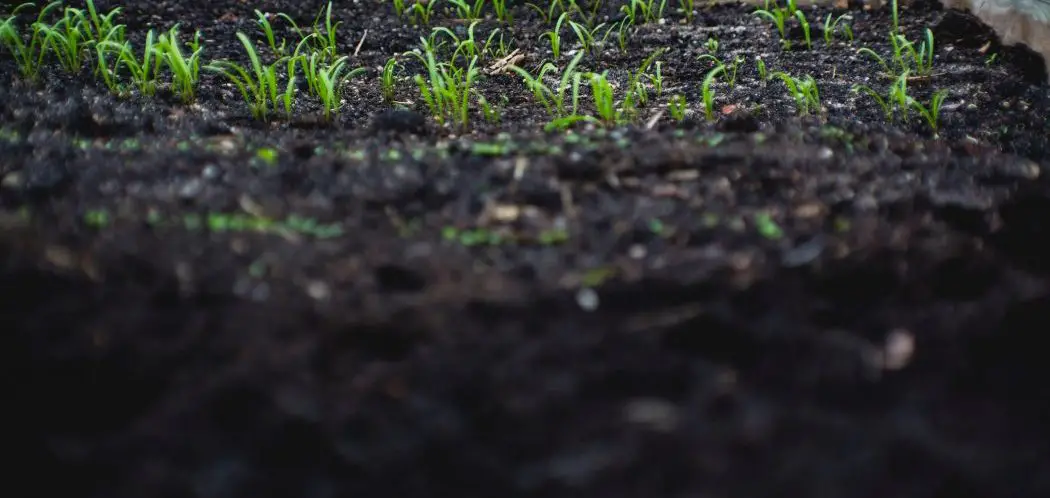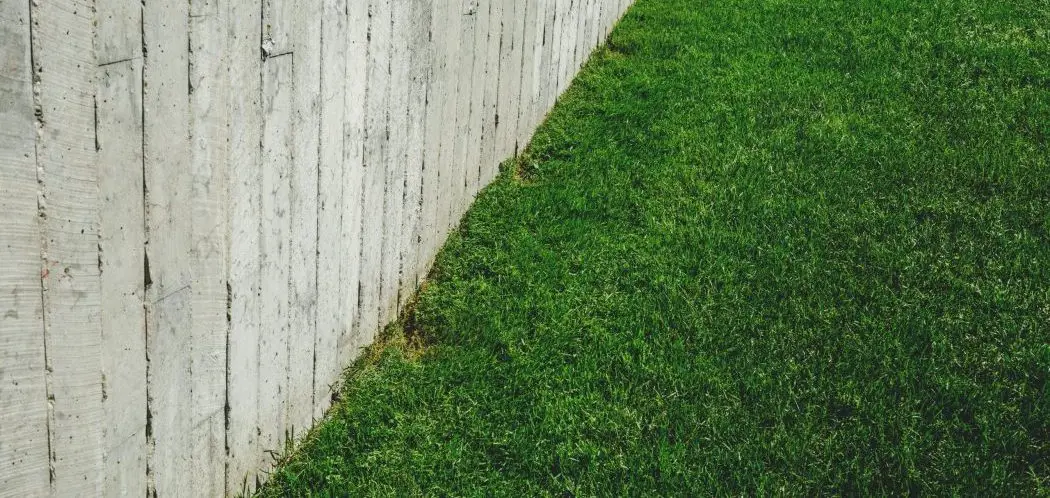Want a great looking lawn? Then you need to pay attention to the health of your soil.
Most ways people try to improve their soil quality require lots and lots of work. I’ve tried using many different topdressing mixes including peat moss, compost and topsoil. While these can work great, it’s not easy to put this down over a large area.
One of my favourite products to use on the lawn is humic acid. It’s something used in agriculture for growing crops, but it’s also great to add to your lawn to get more out of your soil.
So, what does humic acid do for a lawn? In short…
Humic acid helps to improve the soil structure and the transfer of nutrients between the soil and the grass. It helps to get more out of the existing nutrients in the soil and any fertilizer put down. Humic acid acts as both a bio-catalyst and bio-stimulant for your grass.
What Is Humic Acid?
Humic acid is a brown humic substance that is essentially the remains of organic life that has been decomposed over a very long period of time.
When plants and animals die, other organisms consume the fresh material. When this decaying matter has been consumed and transformed over a number of cycles, a material called humus remains.
Humus is a sturdy substance that isn’t decomposed any further.
Humus is a part of the decaying organic matter that’s in your soil. It consists of…
- Humic acids
- Fulvic acids
- Humin
Humic and fulvic acids have proven to be excellent in improving soil quality. They are used for a variety of agriculture purposes.
Leonardite? What’s that all about?
Leonardite is the source material for most of the products containing humic acid. Its essentially ancient material that hasn’t yet turned into coal.
Anyway, that’s enough science…
You just want a nice looking lawn, right?
Here’s What Humic Acid Can Do for Your Lawn
Let’s look at the benefits humic acid can have on your lawn.
You’re probably going to be thinking that this sounds too good to be true!
Unlock nutrients
Sometimes you might have nutrients sitting in your soil but they aren’t readily available to be used by your grass.
Humic acid can actually help release nutrients in the soil so that they can be used by your grass.
Putting down humic acid is a great way to get the best out of your lawn without adding more fertilizer.
Farmers use humic acid because they want to get maximum value out of the products they put down.
Improves soil structure
You will see an improved soil structure, period.
This has been studied over and over. In fact, it would take multiple applications of different topdressing mixes like compost to get the same results you would from applying humic acid on your lawn.
Can help loosen up the soil
Humic acid can act like a conditioner for your soil. This is especially useful if you have a clay soil.
Humic acid will help to alleviate compaction and increase the amount of air flowing down into the root system.
It can help to buffer your soil pH
If you’ve got a soil with a pH that is too high or low, humic acid can help to bring it back to the neutral zone (around 6.5 to 7).
It’s not something that can be used to correct pH like lime, but the humic acid molecule has a way to shed hydrogen out of the soil structure which can help you balance out the pH of your soil.
It’s important to note that this process doesn’t happen overnight.
Improved root structure
Humic acid helps to create a stronger, more resilient root system.
It can help build the root mass and overall root health.
Having a stronger root system is useful to combat problems caused by pests and disease.
Increase moisture retention
Humic acid can help your soil retain more water. When you water your grass, the water won’t just drop straight through the soil.
This is particularily useful in sandy soils.
Other benefits include…
- Increased water capacity
- Darkens soil color for increases sunlight absorption
- Improved nutrient and water uptake
- Improved seed germination
The list goes on and on…
Can You Apply Too Much Humic Acid?
You can put down as much as you want or as much as you can afford!
There’re no negative side effects of applying humic acid
Humic acid is not a fertilizer and it really doesn’t contain any nutritional value so you don’t need to worry about burning your grass like you would from putting down too much fertilizer.
When Should You Put Down Humic Acid?
There’s not necessarily a best time to put down humic acid on your lawn. You can put it down any time of the year want to.
It’s good to combine humic acid with other treatments like pre-emergents or fertilizer.
What About Fulvic Acid?
Fulvic acid is also a by-product from microorganisms in the soil.
Even though humic and fulvic acid can be extracted from the same place, it’s important to note that there is a difference between the two.
Fulvic acid molecules are a lot smaller than humic acid molecules. Fulvic acid is a great chelator. It works well if you’re trying to get a fungicide, herbicide or an insecticide into the plant.
Fulvic acid can actually pass through the leaves and into the plant tissue.
Ideally, a great product for your lawn would contain both humic and fulvic acids.
What Is the Best Humic Acid Product?
Most people see humic acid in liquid form but I’d recommend using a dehydrated product that is highly concentrated.
Not all humic acid products are great…
A lot of the sprays and granular products can be hard to put down.
I’d recommend the Andersons Humic DG Organic Soil Amendment (link to Amazon).
It’s non-toxic and it contains a high proportion of both humic and fulvic acid. Andersons have done a lot of research on the product and I’ve found it to work great!
How to Apply Humic Acid to Your Lawn
- Spread with a spreader! (I like this one). Andersons Humic DG contains spreader settings for your specific spreader model.
- The particles will turn to dust within several minutes.
- I’d recommend blowing the particles off of any paved areas. The little pellets won’t stain your lawn, but you will be left with a very fine powder.
- You don’t necessarily have to water the product in. The rain will loosen it up.
- Don’t forget to rinse off your spreader after every use! This will help it to last a lot longer.

